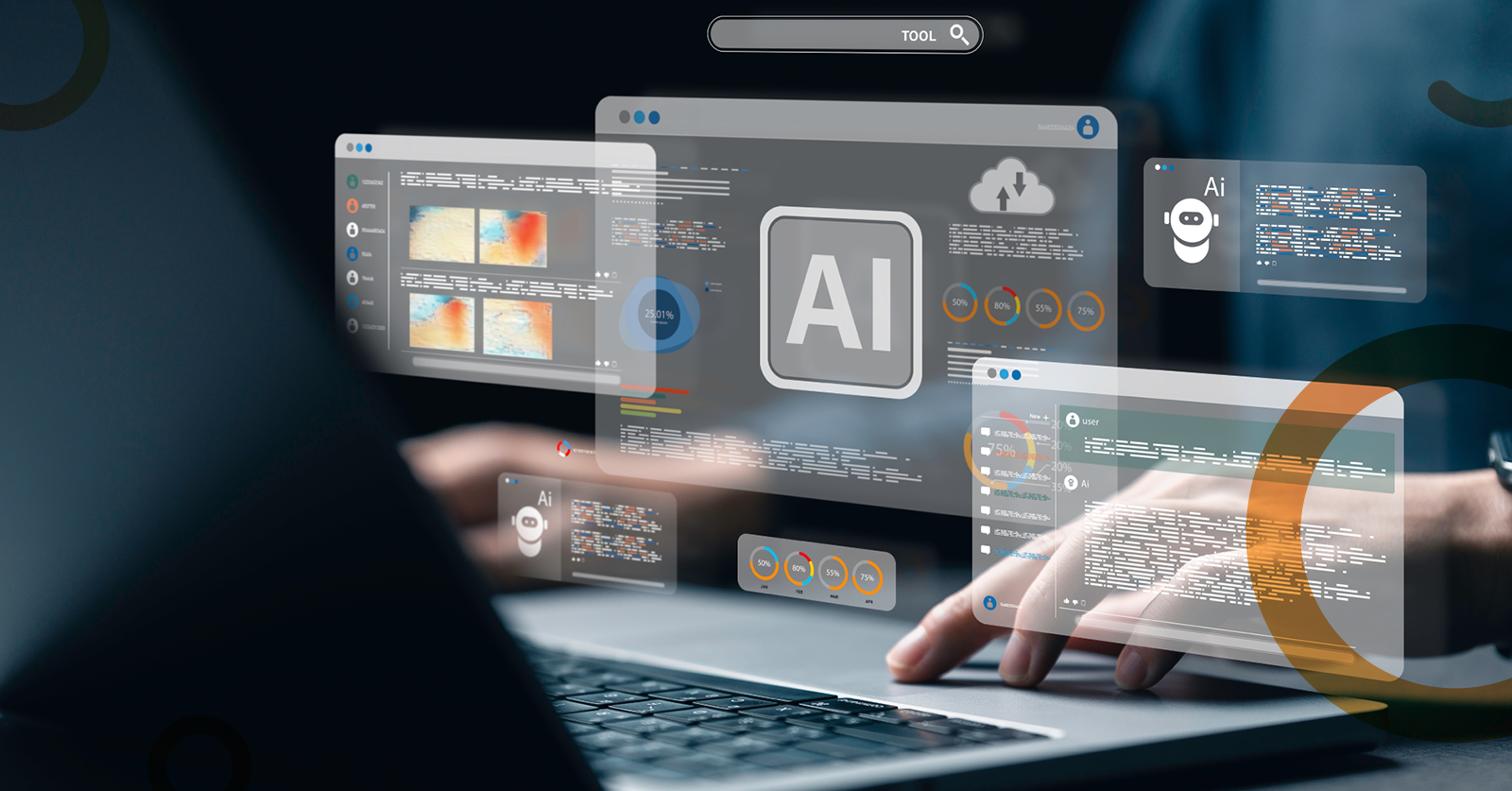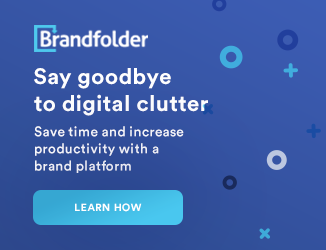Imagine an online retailer trying to manage stock without real-time inventory updates. Customers place orders expecting a smooth experience, only to find that items are out of stock, leading to frustration and lost sales. In an age where convenience and reliability dictate customer loyalty, businesses that fail to provide accurate, real-time updates risk more than just a single lost transaction—they risk permanently driving customers to competitors.
Enhancing Business Agility and Efficiency with Integrations as a Service
The adoption of data integration tools has surged recently as businesses across Australia increasingly recognise their value. According to 2024 market research by IBISWorld, revenue for Australia's data processing and cloud hosting industry is expected to climb 9.3% through the end of 2024-25, reaching $3.8 billion. Data integration has quickly become integral to linking systems, consolidating information, and powering insights for smarter decision-making. So, it begs the question, why would a company ever consider outsourcing this vital function?
The Real Benefits of Integrating DAM into Your Digital Ecosystem
A library operates efficiently when books are searchable under the Dewey Decimal System (DDS) - the world's most widely used way to store, categorise, and organise library collections. Digital Asset Management (DAM) platforms function at the core like a library; they organise and store your digital content library for easy access.
Integration Platforms: A Guide to Choosing the Right iPaaS
Sometimes, it’s hard to see the forest for the trees. The popularity of business applications for almost every function and cloud service is growing exponentially worldwide. According to Allied Market Research, the global integration platform as a service market was valued at $3.4 billion in 2021 and is projected to reach $37.9 billion by 2031, an increase of 27.5%.
Key considerations when selecting the right DAM platform
Does your organisation have a multi-cloud strategy?
Multi-cloud has become the norm for many Australian businesses, with Oracle reporting in February 2023 that 93% of Australian enterprises used multiple cloud environments. Many organisations use a multi-cloud strategy to back up data and reduce downtime. In this blog, I’ll focus on a slightly different angle: adopting a multi-cloud strategy to avoid vendor lock-in and use best-of-breed solutions.
Adopting a multi-cloud strategy enables your company to build a composable infrastructure by using the best features of different cloud providers. A composable enterprise uses modular components to build its tech stack, rather than use a few monolithic applications. It’s an approach that, when done properly, fosters flexible operations and optimises costs.
Marketers and content creators working in industries such as retail, manufacturing, wholesale, distribution, or marketing and creative agencies struggle with disconnected processes that only increase their workloads. Hubspot’s 2024 State of Marketing report found that only 59% of marketers reported that their tools are interconnected.
While much of this disconnect occurs at all stages of the content lifecycle, getting it right at the beginning – during the planning and briefing process – is a good place to start. This means connecting workflow management tools like monday.com to content creation platforms.
AI for business: How to practically minimise time and costs
As of March 2023, the CSIRO found that 68% of Australian businesses had adopted AI and 23% planned to implement it within 12 months. In December last year, the Australian Government announced a $17 million initiative to help SMEs adopt artificial intelligence (AI). The initiative aims to kickstart Australian SMEs towards leveraging AI's benefits and competitive advantages.
However, adopting AI requires more than just financial backing. The Government's initiative acknowledges this by emphasising that it will support SMEs in adopting AI responsibly and efficiently.
Before 'switching on' AI in your business, you need a clear AI business strategy that aligns adoption with the business goals. Critical to this strategy is a strong focus on data integration. Why? Because AI needs comprehensive and reliable information for it to produce reliable results. (Remember the old saying, ‘Garbage in, garbage out’). The best way to ensure that is to automate data flow between systems and into the AI service. Effectively using AI depends on access to well-organised, clean business information to produce reliable insights. Without consistent data sources, your organisation will struggle to get the results you were hoping for in your AI experimentation.
How modular content creates the building blocks of personalisation
Hubspot's latest State of Marketing report found that 73% of marketers acknowledge personalisation as important. Yet, only 35% believe they successfully deliver a truly personalised experience to their customers.
Time-consuming, wasteful processes in creating and adjusting content have contributed to this gap and made it difficult for teams to personalise content at scale. If you see this problem within your organisation, you need a new approach to content creation. Modular content offers a solution to dynamically adjust and tailor content to meet customer preferences and behaviours.
A modular approach to creating and managing content offers more than improved processes. That same Hubspot report found that 94% of marketers believe personalisation generates increased sales, and 96% see it leading to repeat business. So, personalisation is not only good for your internal team, but it also supports your bottom line.
Cloud adoption has steadily risen in recent years, with many of us experiencing first-hand the flexibility and agility required to accommodate hybrid workforces and changing business needs. Australian enterprises continue investing in cloud computing. A Gartner survey reveals that 62% of Australian CIOs plan to boost their cloud spending this year, with goals to improve operational costs and efficiencies. What are the trends influencing cloud adoption?

















